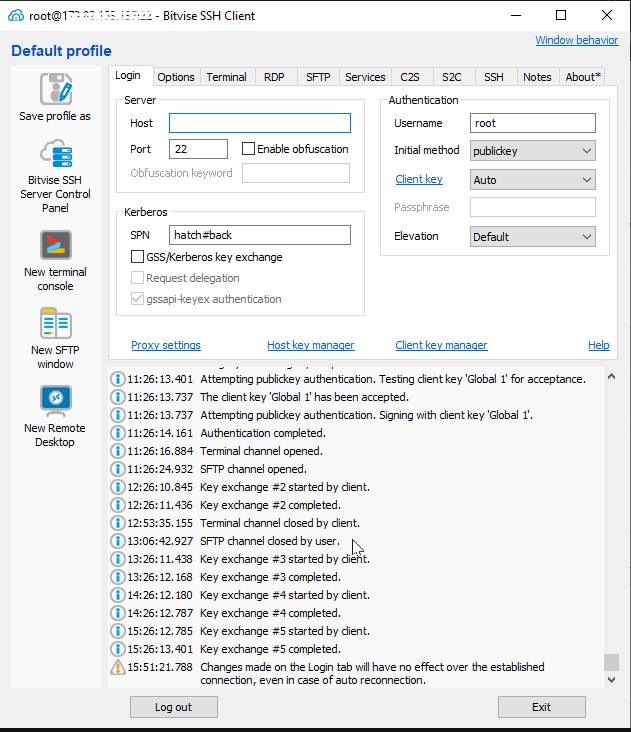
With today’s interconnected applications, servers, websites, and programs, addressing potential software failure is essential in maintaining smooth business operations. Application programming interface (API) testing during creation is crucial. It can help detect problems with your programs that you may not surface right away or may not be easy to fix post-development.
At its core, APIs testing ensures that the data accessed is correctly processed by the API to enhance compliance, promote streamlined communication, and intensify security. In most cases, there are critical steps you must follow to achieve a successful API process.
1.Create an API testing environment
The first step in conducting successful API testing is to set-up the right testing environment. You’ll need to make sure you properly configure your database and server to establish a conducive environment for testing. You can also define the test data according to input and output parameters. Alternatively, you can use an already-configured server from an API service.
Using a reliable, top-quality API testing company like XBOSoft can promote more effective testing. When relying on the professionals, you’ll receive comprehensive solutions that meet your needs. These API-testing experts will help integrate software quality into your agile process.
2.Choose API testing tools
Choosing the right API testing tools can help support API architecture. However, with various testing tools on the market, selecting the best fit can be challenging. Therefore, ensure you find a tool that can integrate with other automated frameworks. Your testing tools should be relatively intuitive and, thus, easy-to-use. Remember that the tool you select should manage process execution and handle reports.
Some of the best tools include Postman for exploratory testing and REST-assured for HTTP-REST and SOAP services. You can also utilize the paid options for more complex tasks.
3.Pick API protocols
SOAP (Simple Object Access Protocol) and REST (Representational State Transfer) are the most popular API testing automation and API testing options. SOAP is a protocol that transfers data using the XML format. Its primary responsibility is to define the method of communication and structure of messages. Sometimes, it can also use WSDL in a machine-readable register to publish its interface.
On the other hand, REST helps set architectural principles. This service requires specific characteristics such as the simple interfaces that are easily identifiable during the manipulation and request of applications using the interface.
4.Measure API Performance
Measuring API performance is essential in determining if the testing process unfolds as intended. Typically, API monitoring can track multiple variables and parameters, including technical issues and customers’ performance. Additionally, it can help detect and resolve problems related to customer experiences, functionality, and metrics that don’t function the way they should. Several tools, such as CA App Synthetic Monitor and MJMeter, can help convert API principles into performance features.
5.Establish API Parameters
To conduct successful API tests and receive API testing automation results, the team responsible for testing must have a clear picture of a business’s specific needs and the intended inputs and expected output. Unfortunately, testing won’t offer any benefits if the API parameters don’t match the intended results.
The API parameters include header parameters, query string parameters; request body parameters; and path parameters. It is paramount to note that API may not execute the parameter properly if it’s the wrong format or metric, which is why it’s essential to establish essential parameters before conducting any large scale API test. If you depend on a testing company, ensure they develop manual test programs based on the current product requirements.
6.Leverage Test Automation
While manual testing can be useful, it’s limited to specific usage issues or concerns. Considering today’s extensive reach of applications across desktops, IoT offerings, and mobile devices, it’s vital to leverage test automation, security testing, web API testing, and performance testing to determine functional defects, potential security risks, and latency. Overall, leveraging automation capabilities is ultimately beneficial to a company, as programmers can save the test data and process history together with API endpoints, allowing for easy access to the test data.
Similarly, test automation ensures that data input and output use a specific model or template, which enables your design test scripts once. An incentive of test automation is the programmers’ ability to reuse these scripts for the entire testing process. The tests are also stable and handled with care. Because the testing process reflects the company’s system guidelines, any API adjustments demand a detailed outline of the requirements.








